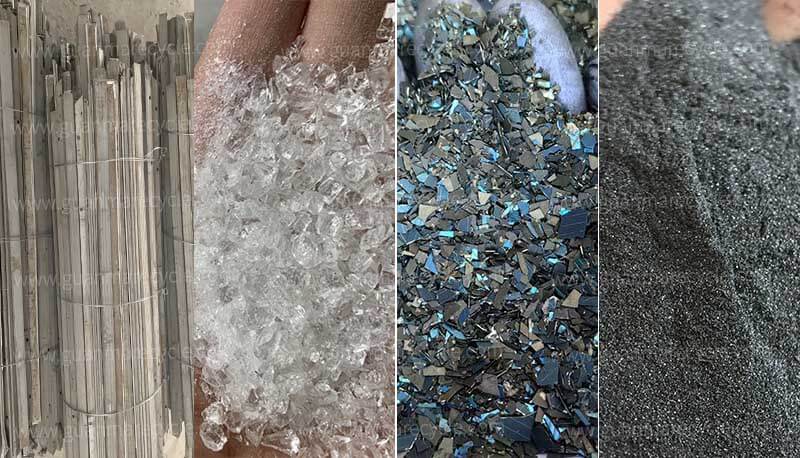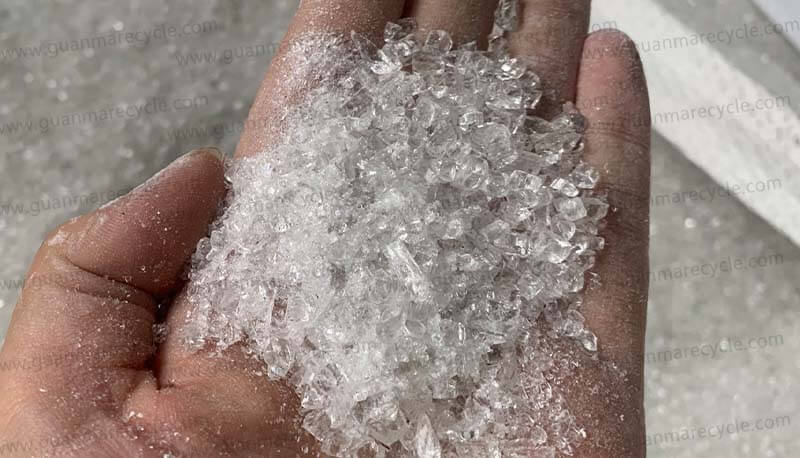Solar energy is a cornerstone of the global renewable energy transition, but as millions of photovoltaic (PV) panels approach their 25–30-year lifespan, the industry faces a critical challenge: solar panel recycling. Proper recycling not only prevents environmental harm but also unlocks a $15 billion market by recovering valuable materials like silicon, silver, and aluminum.
Solar Panel Recycling Steps
1. Collection and Transportation
The first step in the photovoltaic panel recycling process involves collecting end-of-life solar panels from residential, commercial, or utility-scale installations.
2. Initial Disassembly: Removing Reusable Components
Upon arrival at solar pv panel recycling machine, panels undergo manual disassembly. Workers remove aluminum frames (100% recyclable) and junction boxes, which contain copper wiring. These materials are immediately sent to metal recycling streams. This step alone recovers ~18% of a panel’s weight and reduces downstream processing costs.
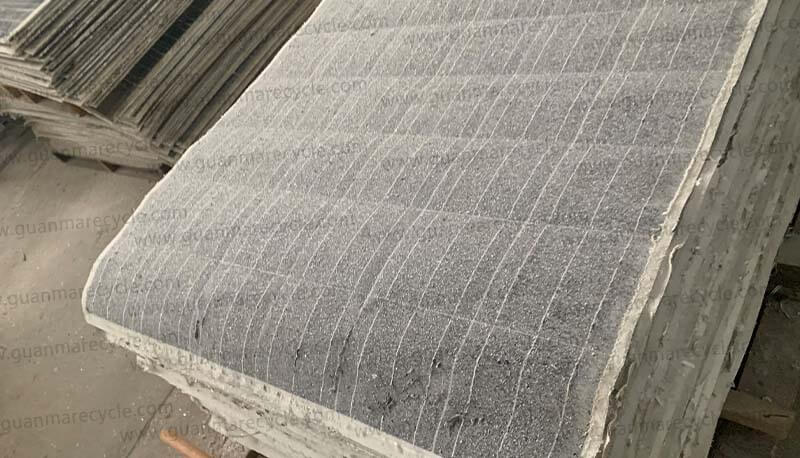
3. Thermal Processing: Separating Encapsulants
Next, panels are heated in oxygen-free chambers (pyrolysis) at 450–500°C to degrade the ethylene-vinyl acetate (EVA) encapsulant layer. This thermal treatment allows clean separation of glass, silicon cells, and backsheets.
4. Mechanical Separation
After thermal processing, panels enter advanced separation stages:
Mechanical crushing and screening: Glass (70% of a panel’s weight) is separated from silicon cells and metals using optical sorting technologies.
5. Advanced Material Recovery
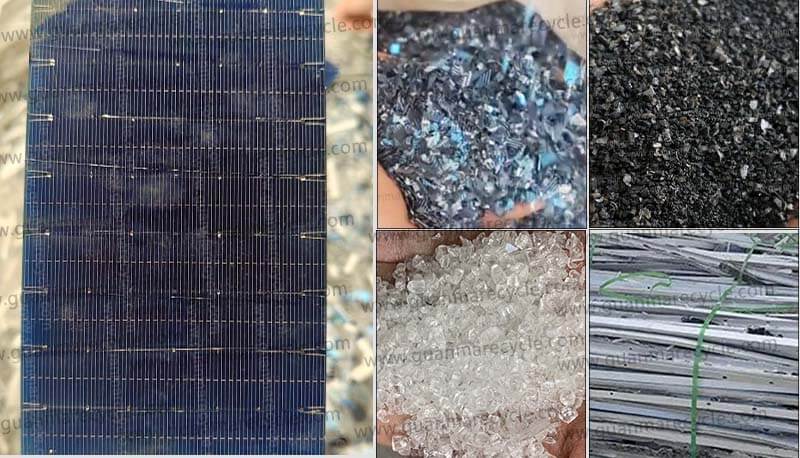
The most valuable materials, such as silicon wafers and rare metals, undergo further refinement:
Silicon purification: Crushed silicon is melted and reformed into ingots for reuse in new panels or lithium-ion battery anodes.
Silver recovery: Electrochemical techniques isolate silver with 95% efficiency, critical for sustaining PV manufacturing.
6. Closed-Loop Reintegration
Recycled materials are reintroduced into manufacturing. For instance, 95% of recovered glass is repurposed for new panels, while aluminum frames return to the construction industry.
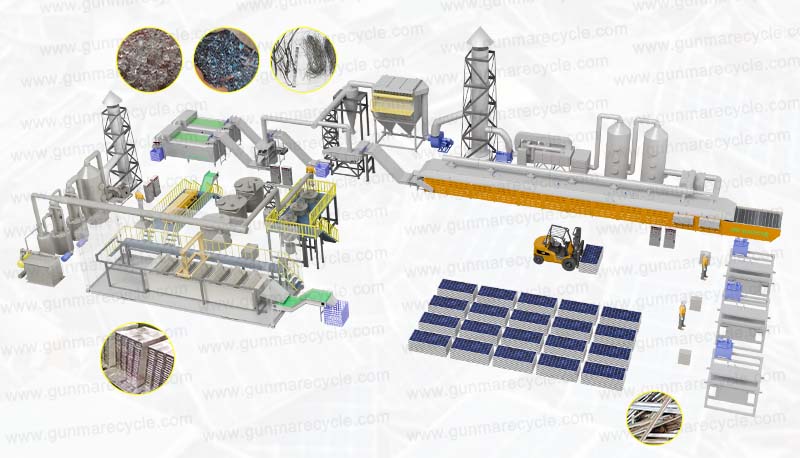
Why Solar Panel Recycling Matters
Recycling 78 million metric tons of PV waste expected by 2050 could:
Cut mining demand for raw materials by 30%.
Reduce greenhouse gas emissions by 50% compared to landfilling.
Unlock $15 billion in economic value through silver, silicon, and aluminum markets.
Understanding solar panel recycling steps is vital for businesses and policymakers aiming to balance renewable energy growth with sustainability. By adopting advanced thermal and mechanical recovery methods, the industry can turn PV waste into a resource—driving both environmental and economic gains.
For tailored solutions in solar panel recycling, partner with certified facilities that prioritize material recovery efficiency and compliance with global standards.

